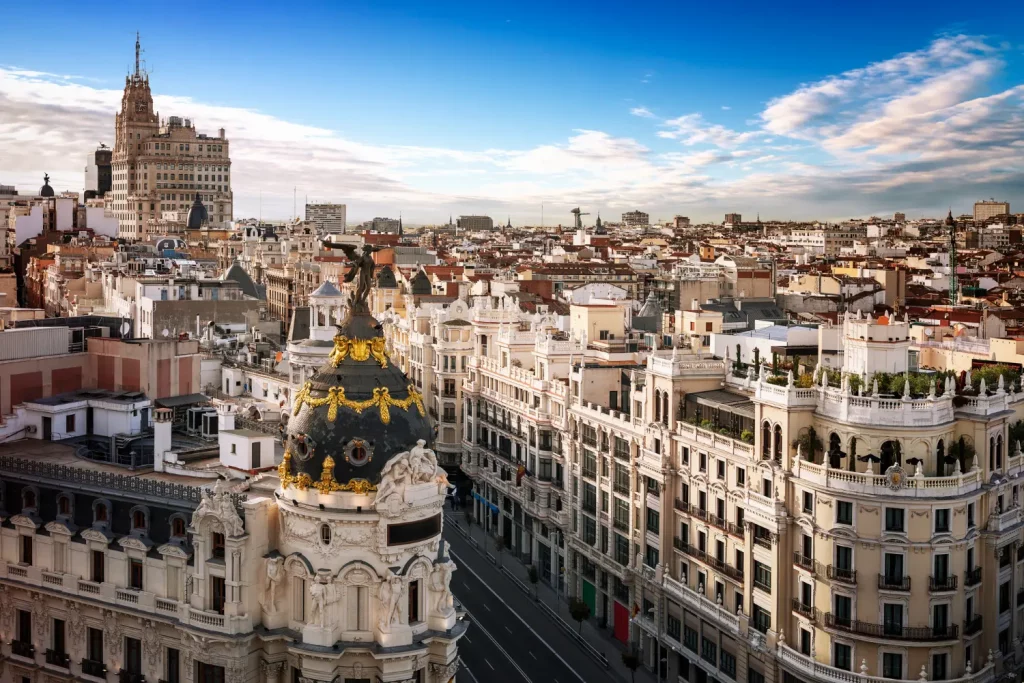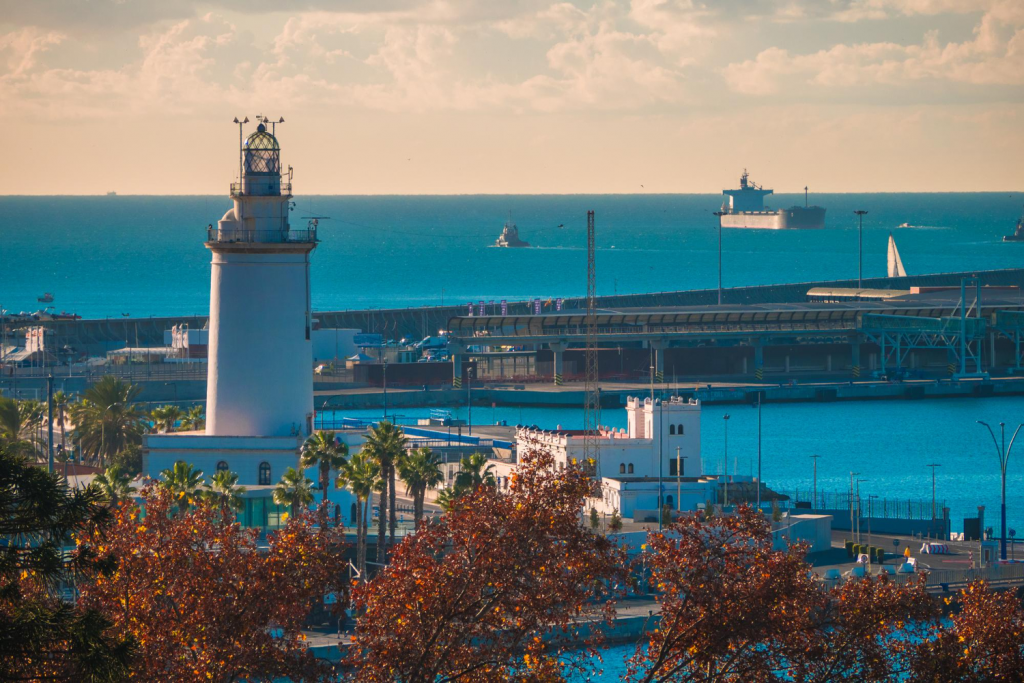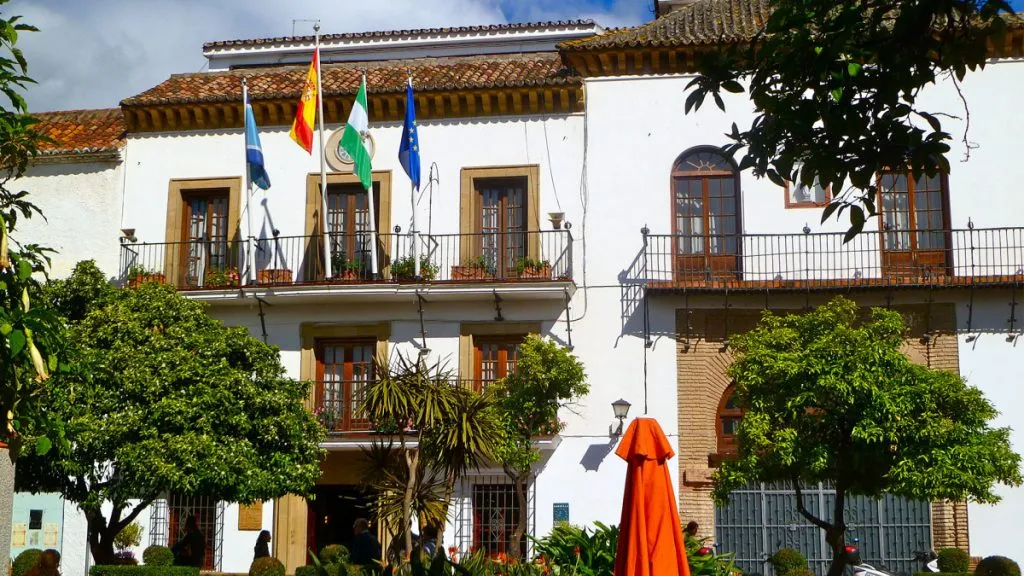What makes a destination accessible?
Accessible tourism for all requires collaboration between all stakeholders – government bodies and the private sector. It requires working together with disability organisations, advocacy groups and disabled people themselves to understand their needs and challenges and to create and promote accessible tourism programmes and initiatives. Inclusive or universal design, assistance services and staff training are key points to take into account when making an environment accessible.
Inclusive Design
Tourist infrastructure, services and activities should be designed or modified in a way that can be used safely and easily by people with disabilities. Some of the main areas to consider are:
- Public buildings: ease of access to public buildings and free movement once inside are crucial, especially for anyone with reduced mobility or visual impairments. Accessibility features include:
- Dropped kerbs, level access or ramps, wider doorways, and automatic sliding doors with sensors, a pressure mat or appropriately placed illuminated push button.
- Ideally interiors should have a compact layout which minimise walking distances, but which allows enough space for wheelchair or mobility scooter users.
- Adapted lifts, accessible toilets, tactile systems and audio guides improve accessibility within buildings.
- Emergency exit routes must be clearly indicated, and flashing warning lights should accompany alarms, with announcements available in audio and visual form.
- Signage: signs are vital for conveying information and so must be modified to be accessible for various disabilities:
- Placement of signs must consider viewing distance as well as lower eye level needs for wheelchair users.
- Signs must be clear, using easy to understand language, an appropriate size font, with good tonal and colour contrast or embossed print for visually impaired people.
- Lighting: good lighting is crucial for people to be able to see signs and other information systems, but also to move freely, avoiding hazards or obstacles, and to feel safe.
- Natural lighting is the ideal, but when this is not possible, the use of downlights and ambient lighting can help to avoid glare, reflection and shadows, which can be hazardous or can make it difficult to see visual information.
- Public transport: incorporation of well-designed accessibility features in public transport buildings and vehicles provides those with a disability greater independence to travel.
- Train stations and trains:
– Tactile paving and tapping rails for visually impaired people can be incorporated to indicate safe areas to walk and stand.
– Service counters should be at an accessible height for wheelchair users with enough knee space, or with support handrails either side. Other useful features include hearing loops, non-reflective glass screens for people who lip-read or rely on facial gestures, and accessible intercom.
– Ticket vending machines should be simple, within reach for wheelchair access, with an audio function, clear buttons, large font size, and tonal and colour contrast. A special assistance option can link to a contact centre where agents can help with ticket purchase.
– Staff help points at stations should be height-accessible, clearly signposted and continually attended by dedicated, trained employees.
– Trains: accessible features include clearly labelled priority seating for disabled passengers, maps in braille and audio, braille on control buttons and large print text and contrasting tonal and colour scheme indicating handrails and doors. Step-free access and electric ramps can facilitate independent boarding and getting off trains.
– Mobility: wheelchair access through airports and transport chairs or buggy services are especially important in large airports where longer walking distances can be inaccessible for those with disabilities.
– Parking: disabled parking in airport car parks should be close to and with easy level access to terminal entrances.
– Information: alternative ways of conveying important travel information are essential for a disabled person to feel confident when travelling. Wheelchair-accessible telephones, assistive listening systems, and pagers for communicating delays and boarding times are just some of the features that can be incorporated that make all the difference.
– Seating: reserved seating, with space for wheelchairs and a variety of adapted seats for different needs are essential for the often extended waiting periods at airports. Provision of quiet lounges for passengers with anxiety and sensory issues is also invaluable.
– Assistance: dedicated assistance services are becoming increasingly available in airports, including wheelchair escorts. For those with hidden disabilities, cards and lanyards can be provided to discretely indicate impairments to airport staff.
-Specialist equipment for boarding and disembarking aeroplanes includes ramps and mobile boarding bridges for step-free access.
– Adapted, wheelchair-friendly vehicles with clearly marked disabled seating are indispensable and standard regulation in new buses.
– Raised bus boarding areas can be incorporated so that wheelchair users can board without a ramp.
– Information: aids include automatic on-bus announcements, clear, large-print timetables, and audio (voice-activated information systems) and visual information.
– Seating: ideally there should be a mix of perch seats and wall-mounted seats and chairs, and tables for wheelchair users with sufficient space to manoeuvre between them.
– Toilets: non-gender-specific accessible toilets allow helpers or family members of the opposite sex to gain access. Adapted changing rooms should have a height-adjustable bench and hoist, support rails, emergency alarm cord, and matt and mid-sheen finishes for surfaces to maximise colour differentiation.
– Assistance dogs: specially trained dogs are used not only by blind or visually impaired people, but also by those with hearing loss, epilepsy, diabetes, physical mobility problems and much more. Tourist businesses should make allowances for these animals and allow them onto their premises. In public transport buildings, there should be designated secure areas for service dogs. On trains, display cards can be provided to alert other passengers that the space around and under the seat should be kept clear for an assistance dog.
- Accommodation, restaurants and tourist sites:
- Hotels, guesthouses and self-catering accommodation can make modifications to improve accessibility, including wider doorways, grab bars, lower countertops and beds, telephones with large buttons, and visual and vibrating alarms.
- Tourist attractions and activities should consider accessibility needs and provide adapted pathways, exhibits, and amenities to accommodate people with disabilities. Access to information can include offering brochures and websites in multiple formats (e.g. braille, large print), using easy-to-understand language, and incorporating sign language interpretation.
- Information and communications technology (ICT): there are many ways that ICT is improving accessibility.Some of these systems include:
- Touchscreens: these should be user-friendly and intuitive, legible, with clear language, large icons, high contrast fonts, audible output, and help instructions. Their design should allow for a high tolerance for errors and easy correction. For people with motor impairments, accessibility can be enabled through commands that can be entered by voice or by devices such as mouth- or headsticks.
- Contactless ticketing: systems designed for accessibility include braille or raised numbers and lettering on tickets, as well as appropriate positioning of ticket machines and card readers.
- Real-time information (RTI): RTI systems can provide passengers with accurate and up-to-date information via electronic display boards. Digital signage can be made more accessible through adapted display design and placement, as well as via talking display systems, which trigger announcements from boards based on proximity and can be controlled using an app or other trigger device.
- Wayfinding systems: these technologies are fundamental for disabled people to navigate unfamiliar environments with ease and autonomy. Goodmaps uses state-of-the-art LiDAR imaging and highly accurate camera positioning to enable smartphone location and orientation. LiDAR – an acronym for ‘light detection and ranging’ – uses laser beams to precisely measure distance and movement. Audio signage solutions, such as audio beacons, are particularly useful for helping visually impaired people find their way in indoor and outdoor environments. Bluetooth Low Energy (BLE) beacons, which can interact with smartphones without the need for additional infrastructure, broadcast short messages and enable smartphones to estimate distance to the beacon based on radio signal strength.
Assistance services and staff training
For disabled people to have equal access to travel, it is crucial that there be dedicated, trained staff on hand to provide appropriate assistance and support. Businesses in the tourism industry could provide free workshops to provide their staff with the required knowledge and skills in accessible and inclusive tourism. This should include basic disability awareness to understand visible and hidden disabilities, learn the appropriate language of disability, improve communication skills (i.e. using soft tones and a clear voice), match the pace of disabled guests, and generally to improve staff confidence in providing the right kind of special care, attention and respect.








